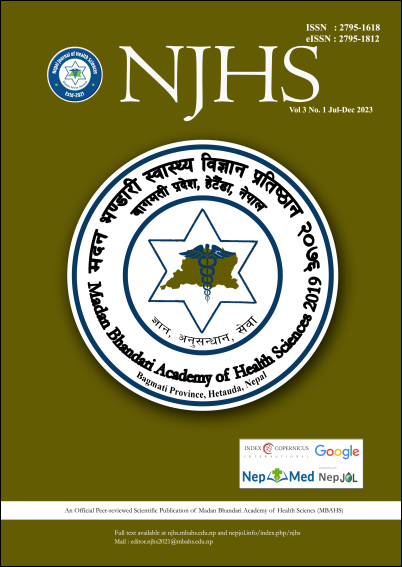Self-Directed Learning, its Implementation, and Challenges: A Review
DOI:
https://doi.org/10.3126/njhs.v3i1.63277Keywords:
Learning readiness, medical education, self-directed learning, student-centered learningAbstract
This narrative review discusses self-directed learning, its implementation, and the roles of various bodies, a guiding framework, and challenges to implementing it. It’s an educational method in which learners plan, implement, and assess their learning, align with those of 21st-century education. By becoming self-directed learners, individuals gain critical thinking skills, digital tool proficiency, and the ability to retrieve information efficiently, employ appropriate learning methods by developing a strategic approach to learning, and extend learning beyond the classroom. It nurtures a growth and lifelong learning mindset necessary to succeed in a rapidly changing world. Furthermore, it can be a powerful and effective tool for navigating the ever-demanding field challenges of the healthcare profession. Although accrediting standards worldwide have acknowledged their significance, many institutions do not adopt them due to a need for a change in mindset from traditional approaches. Students and educators accustomed to teacher-led methods may struggle with it. It can, however, be easily embraced and implemented by educators and students with deliberate planning and targeted training by institutions. An integrated approach is necessary to successfully integrate self-directed into healthcare education. Students' readiness should be assessed, their roles understood, and digital literacy encouraged.
Downloads
Downloads
Published
How to Cite
Issue
Section
License
Copyright (c) 2023 NJHS

This work is licensed under a Creative Commons Attribution 4.0 International License.




